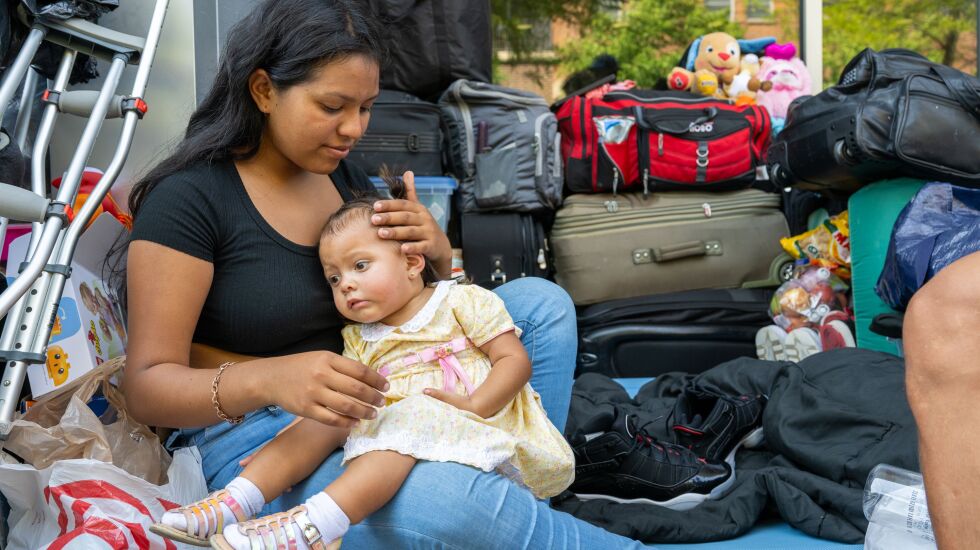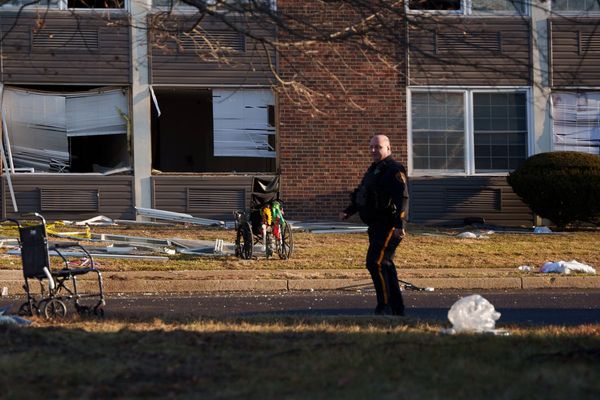
If you’ve ever wondered why some parts of Chicago are hotter than others, the city is working on some answers.
One day in late July — at that point, the hottest day of the year — 100 volunteers drove around the city to take heat measurements.
What they found was eye-opening. Some portions of the city were considerably hotter than others.
In fact, on the afternoon of July 28, it was more than 20 degrees hotter on the Southwest Side than it was on the city’s Far North Side.
Around 3:30 p.m. that day, the temperature in Archer Heights was 99 degrees. A little more than 20 minutes later, a reading in Rogers Park showed 77 degrees.
The reason for such a discrepancy — and what can be done about it — will be studied in the coming months.
By evening on that July date, it was still hot in Archer Heights and other parts of the Southwest Side.
There are some possible reasons. The Southwest Side is farther away from Lake Michigan than many other communities; it has busy roads and highways, industrial corridors, railyards and a number of concrete surfaces.
Across the city, parks and green spaces offer much-needed relief from the heat.
Yet there are still many unanswered questions about mitigating heat.
For instance, Beverly, a community with plenty of trees and green spaces, still registered as very warm that night in late July.
While planting more trees across the city will help many areas, it’s not the only thing needed that will address what’s known as an “urban heat island” effect, city officials said.
“We can’t plant our way out of this,” said Raed Mansour, director of environmental innovation at the city’s Department of Public Health.
Go here to see an interactive map with data from the one-day heat measurements. Go here for more information.
The heat measurements were taken as part of a national climate study on excessively hot temperatures in urban areas, but the data will be used for planning purposes locally.
The city will share data collected from that July day of heat monitoring with community groups for future planning, city policy adviser Kyra Woods said.
“Imagine tons of gardens put into empty lots,” said Elijah Griggs, 26, who grew up in Gage Park and was a city volunteer taking heat measurements on July 28.
A research team at Northwestern University will help expand the findings with historical comparisons and other data. Sharing those findings with the community will be key, said Daniel Horton, the Northwestern professor who co-leads a project called Defusing Disasters.
“It’s as much about gathering data as raising awareness and involving the community,” Horton said.
Chicago is known for its sweltering summer heat, most infamously for the 1995 heat wave that killed hundreds of residents.
Temperatures during a five-day period topped 100 degrees, and the heat wave — one of the deadliest in U.S. history — led to the deaths of more than 700 people. Elderly and poor, including many Black Chicagoans, on the South and West sides of the city died.
As was the case in 1995, Mansour and others caution that heat affects individuals in vastly different ways. Those without air conditioning, people with health issues or with other social and environmental stresses in their lives may feel a much greater impact.
Just as air pollution can have a more dire impact on the lives of the old, very young and those with health conditions, extreme heat and humidity affects everyone differently.

As it turned out, August registered even higher temperatures — exceeding 100 degrees — after the heat recordings were taken in late July.
City health officials don’t have precise numbers of heat-related deaths each year, but they hope to begin tracking such information with help from the Northwestern research team’s work.







